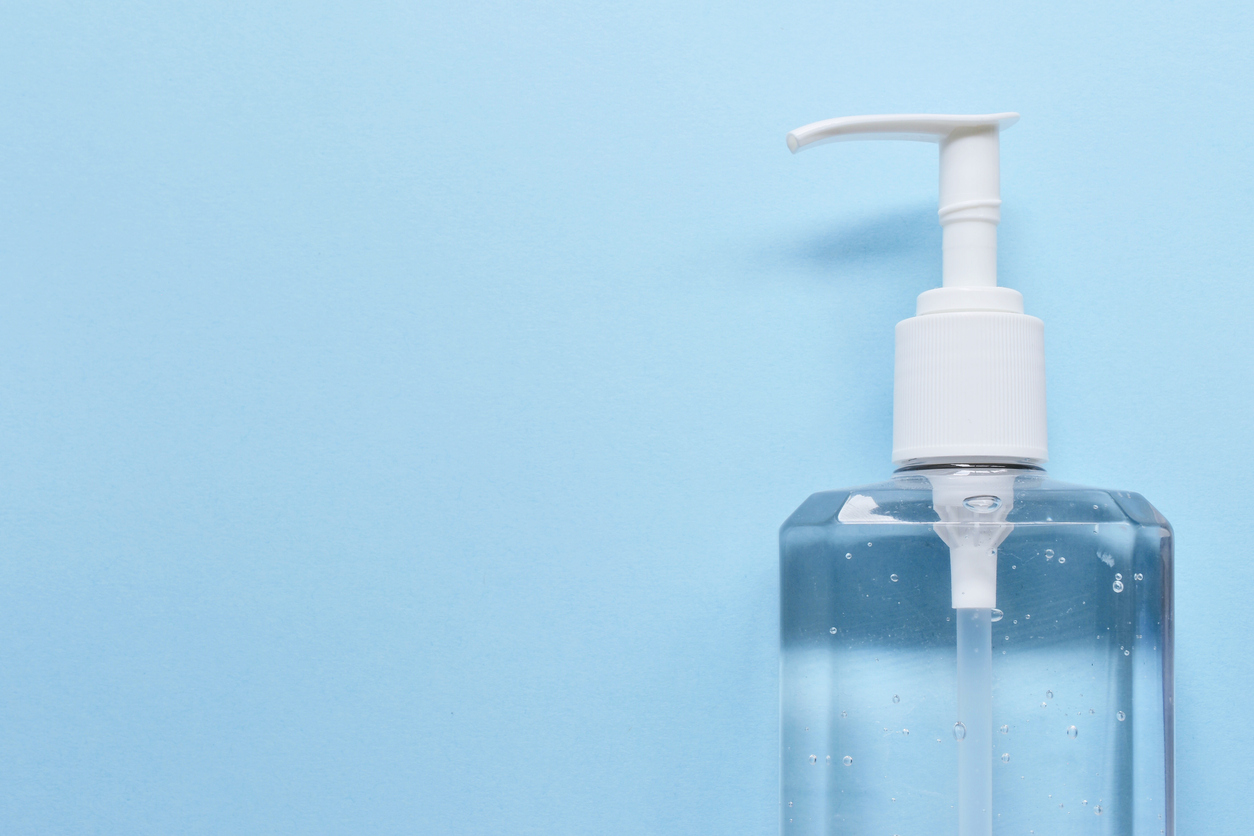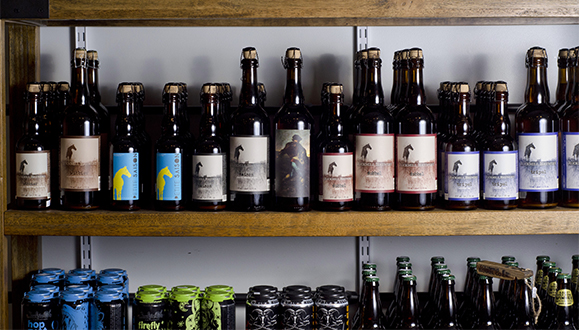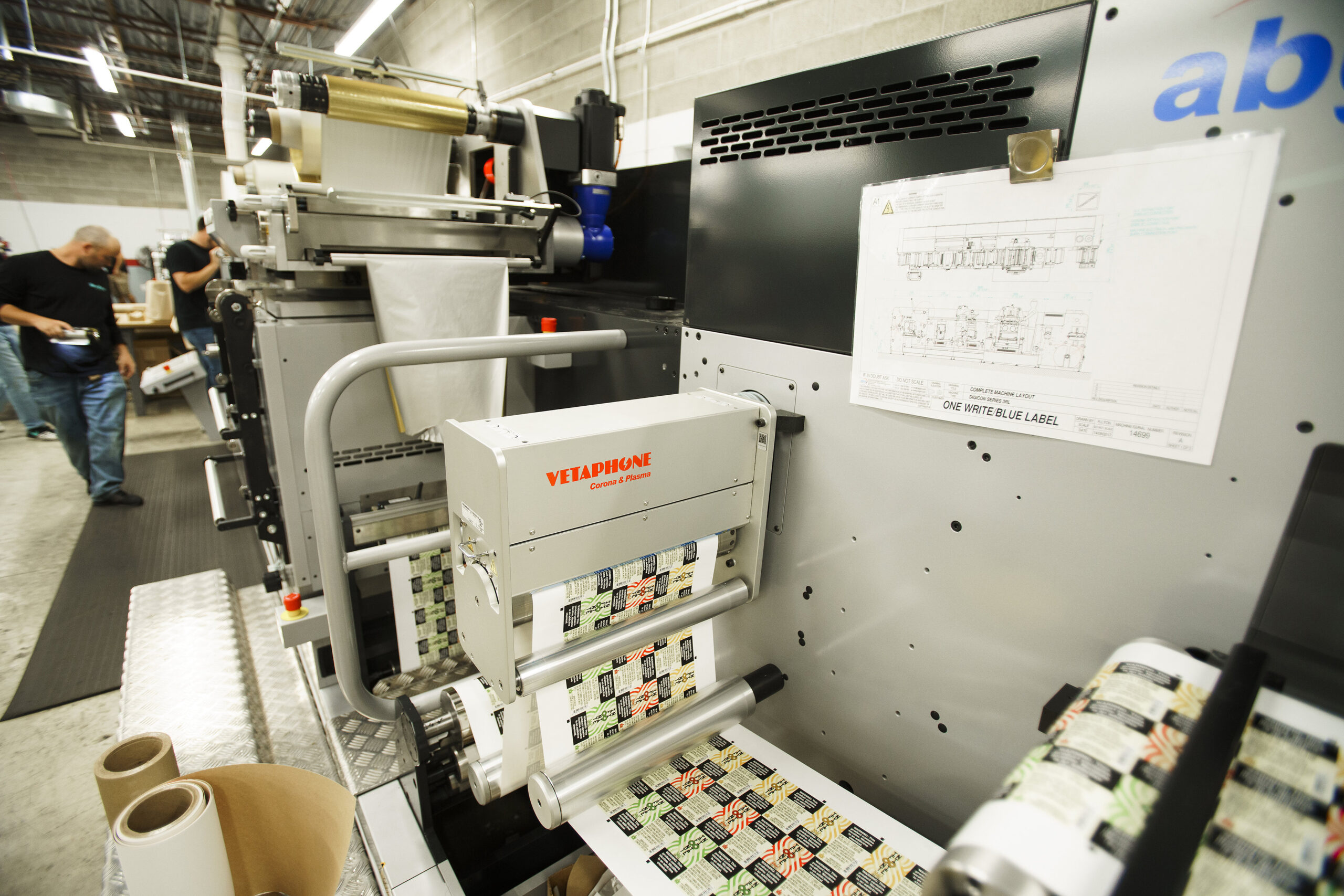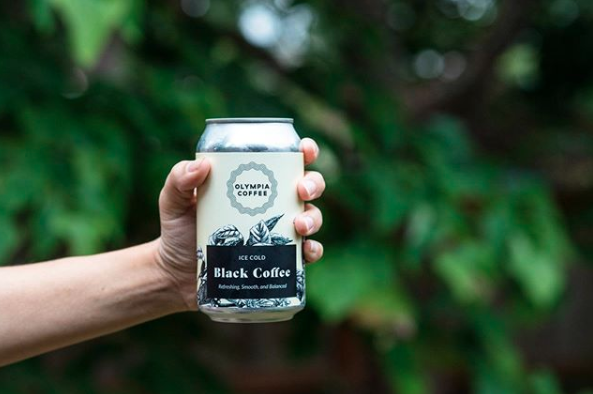Bottle Labels for Essential Oils: What You Need to Know
- aromatherapy
- bottle labels
- compliance
- essential oils
- FDA
- lamination
Of course, not just any essential oil labels will do. Not only do you need to make sure your labels look great, you also need to consider a few potential issues. From selecting waterproof labels that can stand up to the oil-based ingredients inside to making sure all labeling requirements are met to creating an eye-catching design, we break down a few considerations for investing in new bottle labels for your essential oils.
Fit Your Label to Your Bottle Size
Bottles come in all sorts of shapes and sizes. Whether you distribute 5 ml roller bottles, 8 oz. bottles, or any size in between, you want to make sure that your label fits well on your container.
When it comes to proper label sizing, you should consider more than just how much your container can hold. You also need to plan for the specific dimensions of your bottles. Tall, thin bottles and short, wide bottles are going to require different label shapes, regardless of if they contain the same net quantity of essential oils.
The same label size won’t work for every container, but there’s an easy trick to give you a good idea of the right label measurements for your essential oil bottles. Cut a rectangular piece of paper and wrap it around your bottle. If it’s too big in either direction, trim it down until it fits, then measure your piece of paper. This will give you an approximation of the right dimensions when it comes time to ordering labels for your products.
Another important note about label sizing is that essential oil bottles can be rather small compared to packaging for other products. This means you’ll need to plan your design in a way that both fits the space allowed on your label and differentiates your products from your competition.
You will also need to use an aggressive adhesive. The small circumference of the container makes the label want to ‘pop off’ the bottle. This is because the natural rigidity of the material makes it want to return to its original shape. Be sure to ask about adhesive aggressiveness when you select materials.
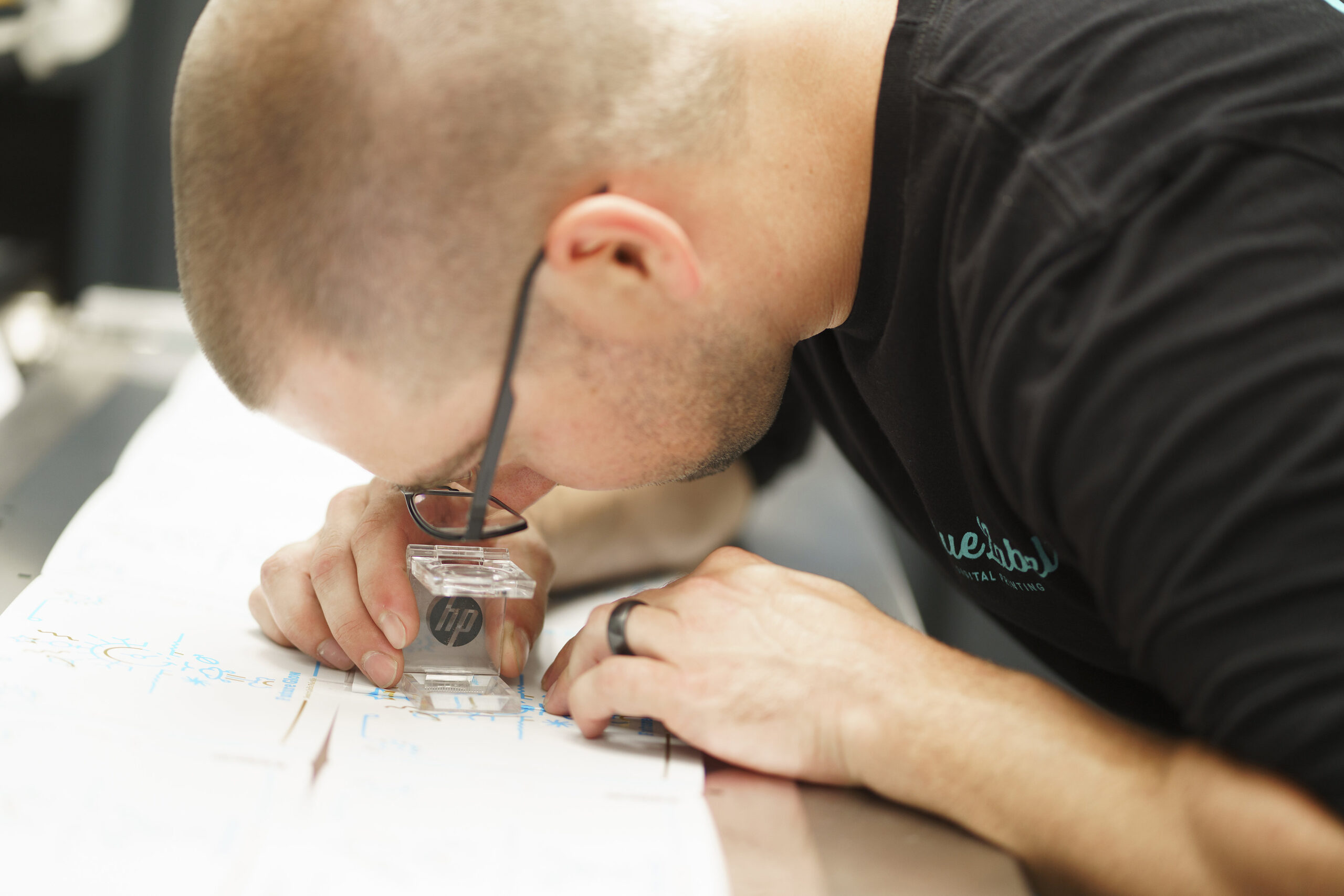
Don’t Forget About FDA Regulations for Essential Oil Labels
There was a period when essential oils were largely ignored by the FDA. That came to an end in 2014 when the FDA sent warning letters to dōTERRA and Young Living, two notable essential oil companies, that their products were in violation of certain labeling regulations. As a result, you should consider whether your products fall under FDA guidelines and what that may mean for your labels.
Whether you consider essential oils to be a household item, cosmetic, food ingredient, or drug, the FDA regulates essential oil products based on the intended use. The FDA weighs a couple of factors to determine a seller’s intentions, including “claims made in the labeling, on websites, and in advertising, as well as what consumers expect it to do.” This means the FDA can have different expectations for label compliance.
Drugs
If your label makes some form of health claim, the FDA is going to consider your product as a drug even though oils are derived from plants. These claims include indicating your essential oils are meant “for a therapeutic use, such as treating or preventing disease, or to affect the structure or function of the body.” If you make these claims, you’ll need to get FDA approval through the Center for Drug Evaluation and Research (CDER) before you can legally put them on the market.
Cosmetics
Essential oils can also fall under the guidelines for cosmetic products. The Federal Food, Drug, and Cosmetic Act (FD&C Act) defines cosmetics as a product that is somehow applied to the body for the purpose of “cleansing, beautifying, promoting attractiveness, or altering the appearance.” That means even something that’s only meant to make you smell nice can be considered a cosmetic.
Essential oil products classified as cosmetics aren’t subjected to the same rigorous reviews as drugs. As a result, you don’t need to clear your products and labels with the FDA before you sell them. However, the FDA does provide a step-by-step labeling guide for cosmetics compliance and can act if a product’s labeling is false or misleading, or doesn’t include the following:
- The name and address of the manufacturer, packer, or distributor
- Net quantity of contents
- A prominent statement of required information in terms that it is easily read and understood by consumers under customary conditions of purchase and use
A Combination of Both or Something Else Entirely
Depending on your scenario, you might have a combination of compliance concerns. For example, if you claim that your essential oils can both cleanse the skin and relax muscles, you’ll need to follow labeling guidelines for both cosmetics and drugs. However, the FDA shouldn’t have reason to classify your essential oils under the same guidelines if you don’t make any such claims.
In addition, the specific plants you use shouldn’t matter too much to the FDA aside from establishing a direct connection between an ingredient and a claim. Despite that, it’s always good to include an ingredients list along with the name and total contents of your product, even if you don’t make any claims.
There’s also one notable ingredient that will require some additional compliance consideration: cannabis. Any essential oils using cannabis extracts will also need to comply with additional regulations, which are documented in our post on cannabis label compliance.
Customize Your Essential Oil Labels to Stand Out in a Crowded Marketplace
Whether you sell your essential oils online or offline, the quality of your packaging makes a difference. Your packaging should make your essential oils stand out in a crowd, not blend in with everyone else.
Just because your label is tight on space or you don’t have a big budget doesn’t mean that you should skimp on style. Different label materials and special printing techniques can help your products appeal more to your audience, whether you want to add an eye-catching metallic shine through hot foil stamping or use a matte black stamp to emphasize certain aspects of your design.

Protect Your Label Design Against Oily Contents
A great label is a perfect way to make a good impression on consumers. However, it’s important to take some measures to make sure your label stays great.
A damaged label is a serious issue for your products. One survey found that “58 percent of consumers stated that packaging damage would deter them from buying a product” and can even harm your brand’s reputation. This means that even small scratches pose big problems for businesses.
One potential threat for your essential oil labels is exactly what you’re trying to sell. Oil, along with water and other damaging substances, can wreak havoc on your label. Fortunately, label lamination and materials like waterproof synthetics will help your labels withstand interaction with everyday substances. Lamination also provides scratch resistance, so your designs don’t get scratched off over time. This will help ensure that your packaging looks great long after you apply your labels.
Order the Perfect Labels for Your Essential Oil Bottles
Good packaging is practically essential for making your products stand out from the competition. However, it’s important to work with a good label printing company to make sure your packaging brings out the best in your essential oil labels.
When it’s time to commit to custom essential oil bottle labels, Blue Label Packaging Company is here to help. Our digital printing technology and expertise allows you to invest in high-quality labels with a fast turnaround time of three-to-five days. While creating your essential oil labels, we know you won’t limit yourself to just one scent, so we can print different SKUs of the same product on the same order with variable data printing to avoid costly setups and delays.
Ready to invest in essential oil labels? Contact us today to talk to one of our experts about your labeling needs.
